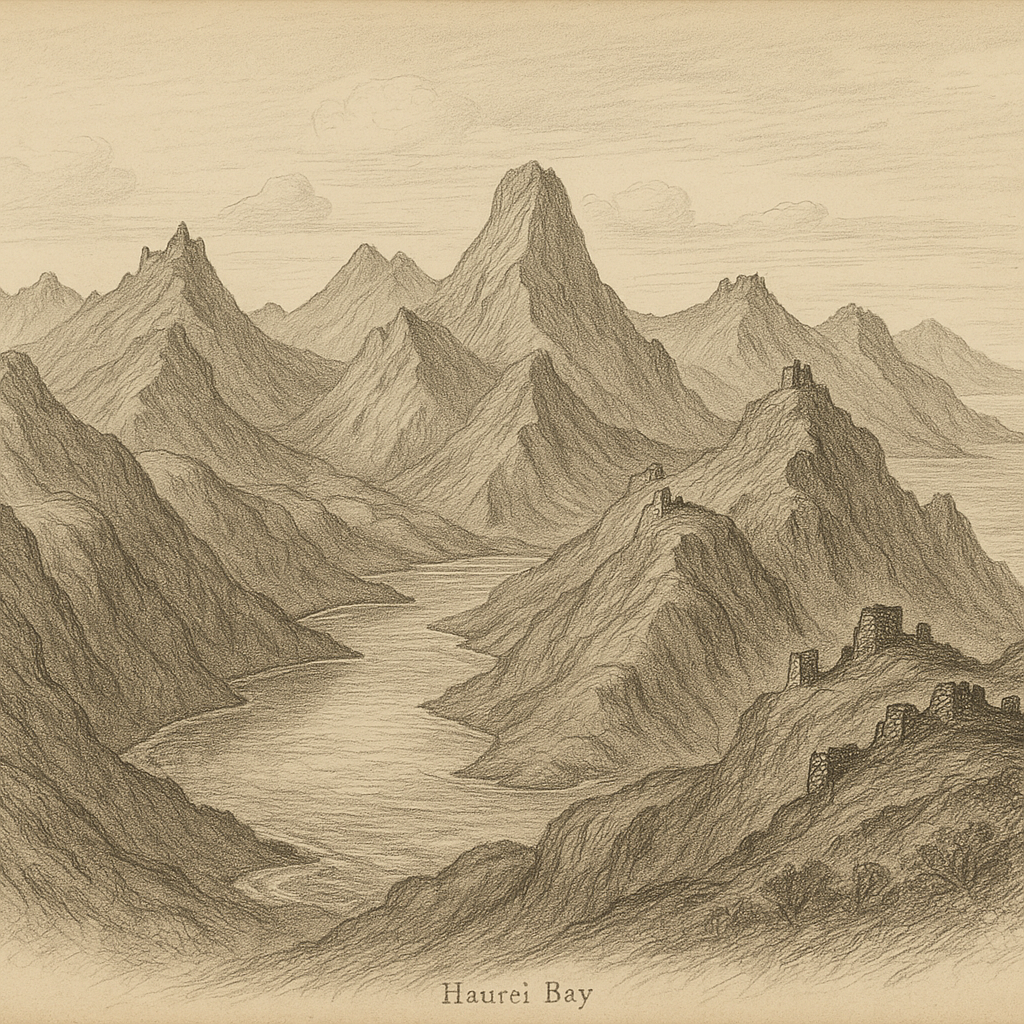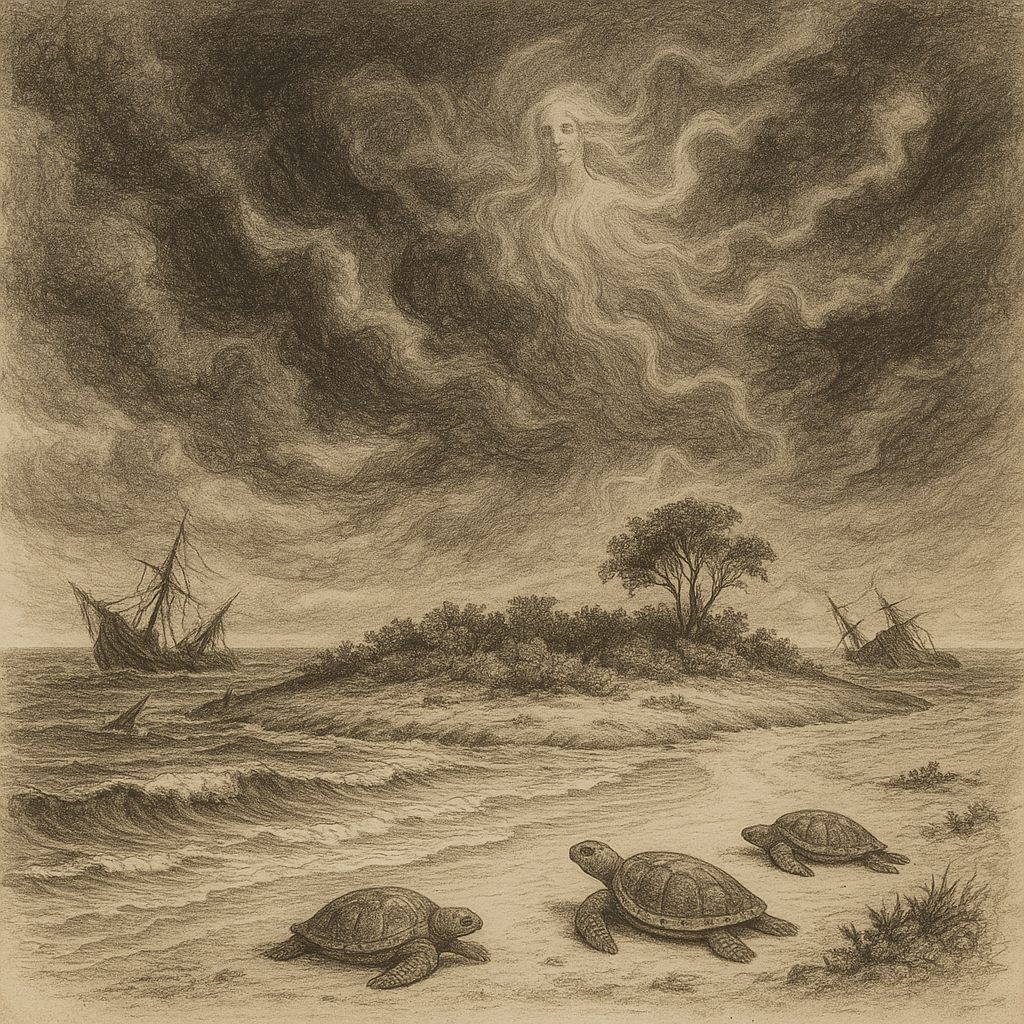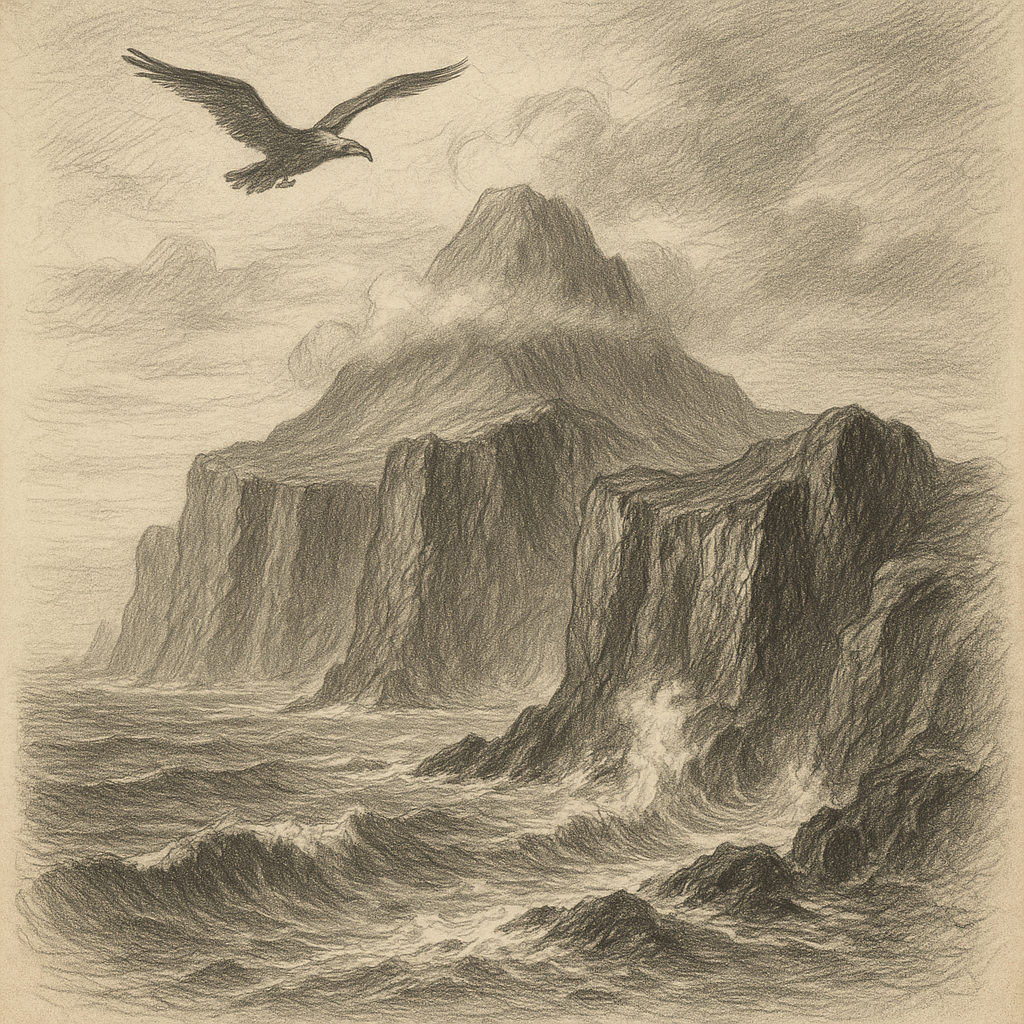Rapa Island: The Remote Jewel of the South Pacific Rapa Island, also known as Rapa Iti (meaning “Little Rapa”), is one of the most isolated islands in the South Pacific. Located more than 1,000 km southeast of Tahiti, it is part of the Austral Islands, which form the southernmost division of French Polynesia. With steep volcanic peaks, a sheltered harbor, and a rich Polynesian heritage, Rapa Island remains a site of cultural, geological, and ecological intrigue that’s seldom visited by the outside world. Geographic Location and Topography Rapa Island lies at approximately 27°35′S latitude and 144°20′W longitude, far removed from major shipping routes or commercial air paths. It is surrounded by the vastness of the Pacific Ocean with the closest neighboring inhabited island being over 500 km away. The remoteness of Rapa Iti contributes significantly to its mystique. Geologically, Rapa Iti is a volcanic island formed from the remnants of a long-extinct volcano. The landscape is rugged and mountainous, with jagged peaks rising steeply from the coastline. The island spans an area of roughly 40 km² and boasts dramatic sea cliffs, deep valleys, and lush vegetation. Its highest point is Mont Perau, which reaches an elevation of 650 meters above sea level. A distinctive feature of Rapa Island is its deeply indented coastline. The island’s main bay, Haurei Bay, is a natural harbor that provides a safe anchorage protected by surrounding hills and ridges. The bay cuts deeply into the island, creating a fjord-like landscape that is both scenic and strategic. History and Settlement The island is believed to have been settled by Polynesians as early as the 12th century. Their origins are thought to be related to the original settlers of the Marquesas and Society Islands. Traditional Polynesian culture, architecture, and social structures took root on Rapa Iti and still echo through local practices today. One of the fascinating aspects of Rapa Island’s early society is the existence of numerous fortified hilltop villages, known as “pa.” These fortifications were constructed to defend against intertribal warfare and symbolize the island’s complicated social dynamics in the pre-European era. Over 30 such structures dot the ridges, making Rapa Iti one of the densest concentrations of pa in the Pacific, second only to Easter Island. European contact began in 1791 when George Vancouver landed on the island, naming it Oparo. French colonial influence started in the 19th century and culminated in the full annexation of the island into French Polynesia. Today, Rapa Island is part of the overseas collectivity of France and falls under the jurisdiction of the Territorial Commune of Rapa. Climate and Biodiversity Unlike many tropical islands in French Polynesia, Rapa Iti experiences a subtropical oceanic climate. The weather is cooler and wetter than the equatorial islands to the north. Average annual temperatures hover around 20°C, and rainfall is abundant, especially from November to April. The island’s isolation and unique climate have fostered a special ecosystem. Endemic plant species such as the Rapa palm (Pritchardiaceae family) and native ferns dominate the landscape. The island is also home to several rare bird species including seabirds that nest on its rugged cliffs. Marine biodiversity around the island is rich yet understudied due to its remote situation. Coral reefs and clear waters support various fish and invertebrate species, contributing to the traditional subsistence practices of its inhabitants. Current Life and Cultural Preservation Rapa Island has a population of approximately 500 people, primarily living in the village of Area, situated around Haurei Bay. Life on the island is largely self-sufficient, with fishing, small-scale agriculture, and traditional crafts playing significant roles in the local economy. The community operates under a collective system that emphasizes communal work and mutual support, a reflection of traditional Polynesian values. Due to its seclusion, Rapa Iti has resisted many of the cultural and economic changes seen throughout the rest of French Polynesia. The Rapan language, a dialect of old Polynesian, remains actively spoken and is considered vital to the preservation of island identity. Although education and some goods are imported from Tahiti, the island maintains a strong sense of independence and resilience. Interesting Facts About Rapa Island Despite its obscurity, Rapa Iti is captivating for researchers, adventurers, and cultural historians. Here are some remarkable facts about this remote island: – Rapa Island’s unique blend of hilltop fortifications and deeply chopped coastlines inspired academic comparisons to locations such as Machu Picchu and medieval hilltop towns in Europe. – With no airport, Rapa Iti is accessible only by sea. Supply ships from Tahiti arrive several times a year, making logistics and communication with the outside world especially challenging. – Satellite imagery shows the island shaped almost like a scallop shell, surrounded by high ridges that radiate outward from Haurei Bay. – The island served as inspiration for several ethnographic studies due to its preserved traditional Polynesian social structure. – In 2002, Rapa Iti was the subject of a scientific initiative aimed at cataloging and preserving its endemic species before increased global warming and invasive species could cause further ecological disruption. Legends and Local Beliefs Legends and oral histories hold a special place in Rapa Island’s cultural fabric. One of the most enduring legends tells of the creation of the island by a giant sea turtle named Hinauri, who laid thirteen eggs across the South Pacific—Rapa Iti being one of them. According to myth, the jagged terrain of the island comes from the turtle’s struggle to lay her egg amid tempestuous seas. Another well-known tale recounts how the ancestral hero Teura arrived from a distant land on a wooden canoe guided by birds and stars. He is credited with founding the first pa on the island and teaching the people the arts of navigation, star reading, and agriculture. His descendants are said to still be among Rapa’s population today. Spiritual beliefs remain significant, and certain sites on the island, such as sacred stones and groves, are revered and respected. These legends are carefully passed down through generations and continue to shape the identity and spirituality of the island’s people. Access and Visitation Due to its rugged terrain and complete absence of an airstrip, travel to Rapa Iti is limited and somewhat unpredictable. Access is primarily achieved via cargo vessels that occasionally carry passengers, and the trip from Tahiti to Rapa takes about four days by sea. As a result, tourism is nearly non-existent, and the island escapes the commercial development affecting other parts of French Polynesia. Researchers and visitors must obtain permits and often coordinate visits with scientific missions or cultural exchanges. Efforts are ongoing to create sustainable alternatives that would allow for controlled eco-tourism without disrupting the island’s delicate ecosystem and cultural heritage. Conclusion Rapa Island is truly one of the last hidden treasures of the South Pacific. Its combination of dramatic natural beauty, rich cultural heritage, and ecological significance make it a unique area of human and scientific interest. Beyond the classic image of a tropical paradise, Rapa Iti is a land of mystery, resilience, and living tradition, holding tightly to its identity amidst a rapidly changing world.

Rapa Island
Do you like my work? Buy Me A Coffee
Do you like my work? Buy Me A Coffee
-

Rapa Island
Rapa Island: The Remote Jewel of the South Pacific Rapa Island, also known as Rapa Iti (meaning “Little Rapa”), is one of the most isolated islands in the South Pacific. Located more than 1,000 km southeast of Tahiti, it is part of the Austral Islands, which form the southernmost division of French Polynesia. With steep…
-

Tromelin Minor Island
Introduction to Tromelin Minor Island Tromelin Minor Island is a tiny, remote atoll located in the Indian Ocean, approximately 450 kilometers (280 miles) east of Madagascar and 535 kilometers (332 miles) north of Réunion Island. Despite its minuscule size—barely 1 square kilometer in area—Tromelin has garnered attention for its historical significance, ecological importance, and the…
-

Tristanite Western Island
Introduction to Tristanite Western Island Tristanite Western Island is one of the most remote and mysterious landmasses on Earth, lying deep in the South Atlantic Ocean. It forms part of the Tristan da Cunha archipelago, the most isolated inhabited group of islands in the world. Its distance from the nearest continents and its rugged volcanic…
by
Tags: